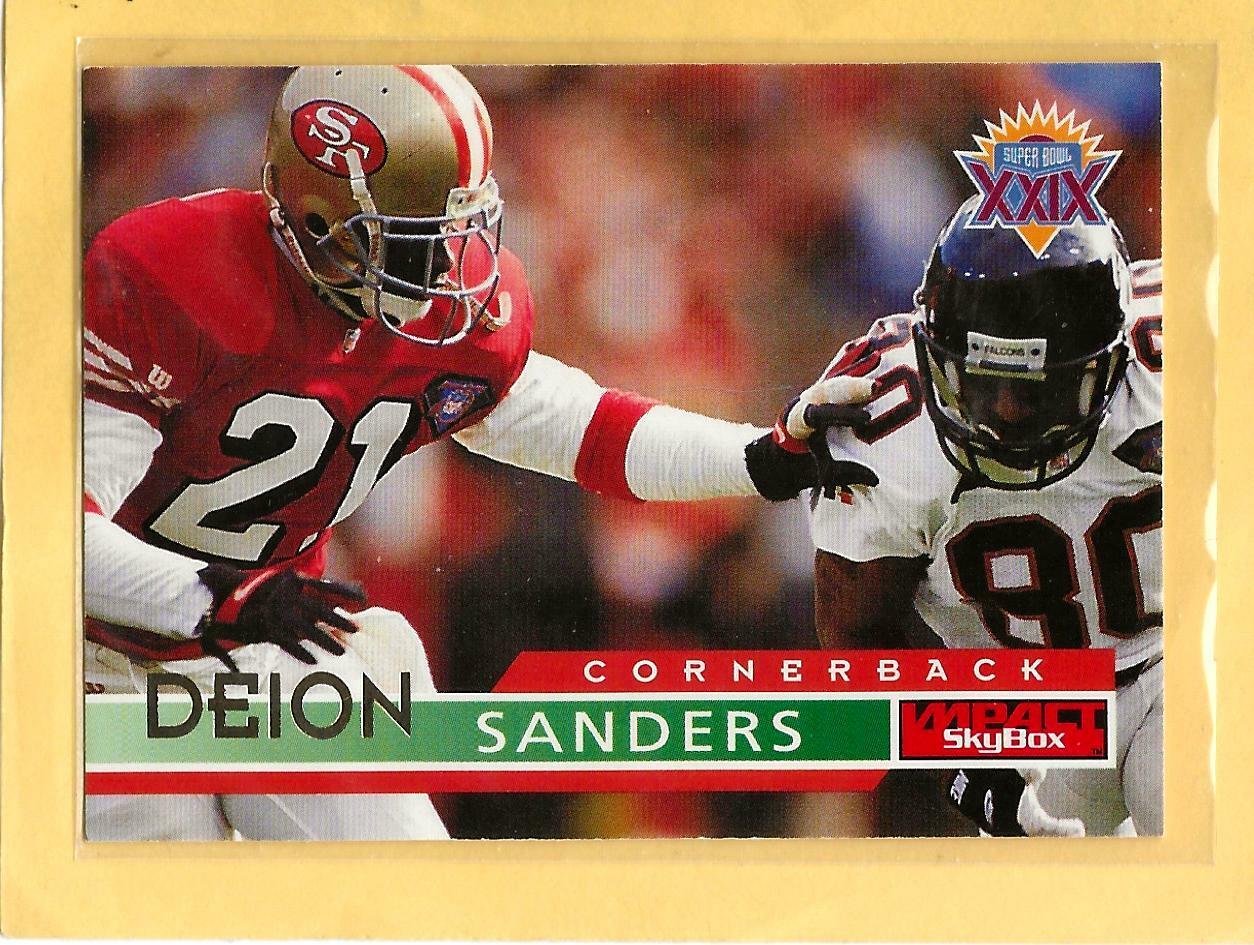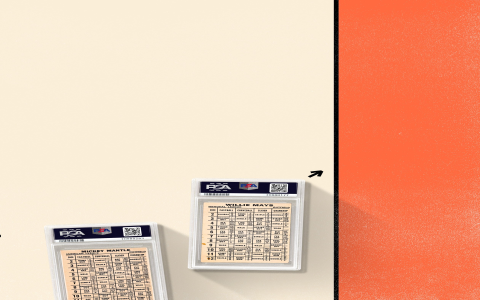Alright, let me tell you about my little adventure trying to figure out which Deion Sanders card is the big one, the most valuable. It all started when I was rummaging through some old boxes a while back. Found a few random sports cards, nothing crazy, but it got me thinking about players from back in the day, especially “Prime Time” himself.

So, naturally, I got curious. Which Deion card is worth the most? Seemed simple enough. I hopped online and started searching. Just typed in stuff like “most valuable Deion Sanders card” or “Deion Sanders card value”. Man, that opened a can of worms. There are SO many cards of him. Football, baseball, different brands, different years… it was overwhelming at first.
I realized pretty quick that just asking “which card” wasn’t the right question. I needed to narrow it down. I started seeing patterns. People kept talking about a few things:
- Rookie Cards: This came up constantly. Like with most players, the first cards are usually the most sought after.
- Condition: This was huge. A beat-up card isn’t worth much, even if it’s rare. Mint condition is key.
- Grading: Then there’s this whole professional grading thing. Companies like PSA or BGS putting cards in plastic cases with a number grade. A ’10’ grade, meaning gem mint, makes a card’s value skyrocket.
Digging into the Rookies
Okay, so rookie cards seemed like the place to focus. For Deion’s football career, that meant looking at 1989. I started seeing a few specific cards mentioned over and over again. There was the 1989 Score, the 1989 Pro Set, and the one that kept getting top billing: the 1989 Topps Traded Tiffany.
Now, the regular 1989 Topps Traded card is common. But the “Tiffany” version? That was different. They apparently came in special collector sets, had a glossy finish, and far fewer were made. Scarcity, right? That usually means more valuable.
I spent some time just trying to understand the difference. Looking at pictures online, reading descriptions on collector forums (you know, the places where people really geek out about this stuff). It became clear that condition and grading were super important for this specific card.

The Grading Game and Market Watching
Turns out, finding a 1989 Topps Traded Tiffany Deion Sanders card is one thing. Finding one in perfect condition, good enough to get a PSA 10 grade? That’s the real challenge. These cards are over 30 years old now. Getting a perfect grade is tough.
So I started looking around at places where cards are actually bought and sold. Not just asking prices, but actual completed sales. It’s tedious work, you gotta sift through listings. But consistently, the highest prices I saw were for that 1989 Topps Traded Tiffany rookie card, graded PSA 10. The difference between a PSA 10 and even a PSA 9 was massive. And compared to an ungraded one, or the regular Topps Traded version? Night and day.
Sure, you might find some super rare, low-numbered autograph card or maybe a 1/1 parallel from a modern set that sells for a lot. But for his iconic, widely recognized rookie cards, the Topps Traded Tiffany in top grade seems to be the consensus champ. It’s the one people consistently point to as the Deion card to own if you’re talking value.
So, that was my journey. Started with simple curiosity, went down the rabbit hole of card types, rookie years, brands, and finally landed on the importance of rarity (Tiffany) and perfect condition (PSA 10). It really boils down to that specific combination for Prime Time’s most valuable cardboard.












